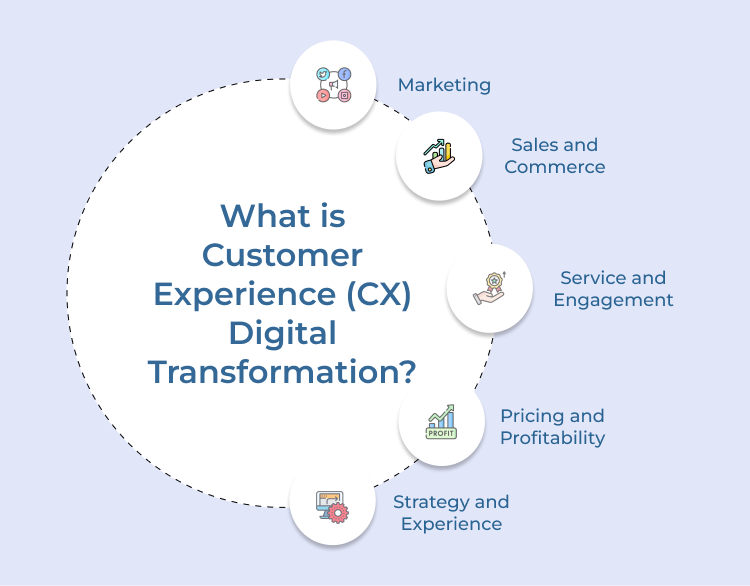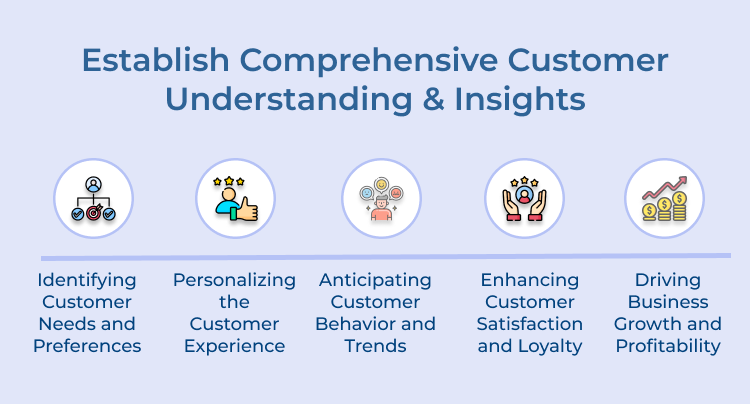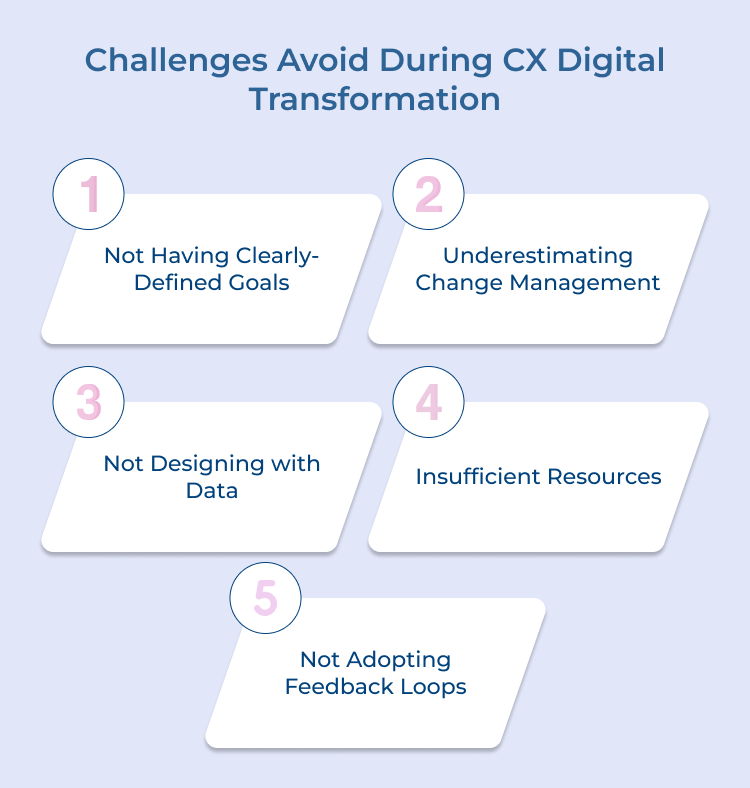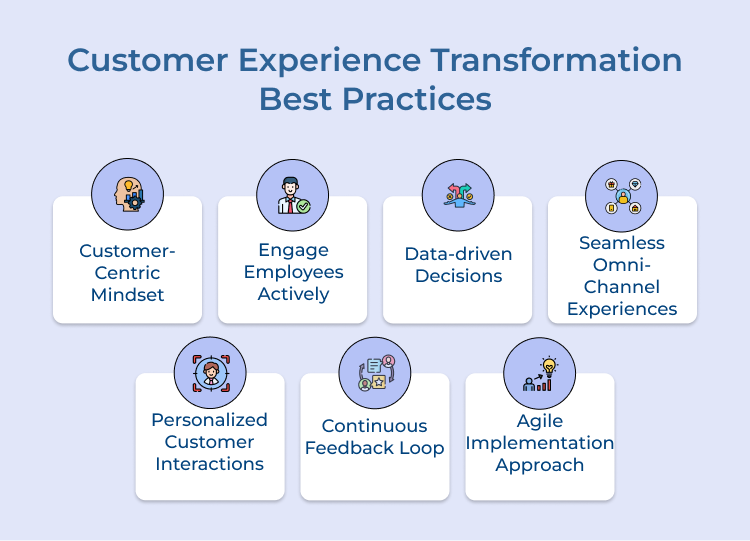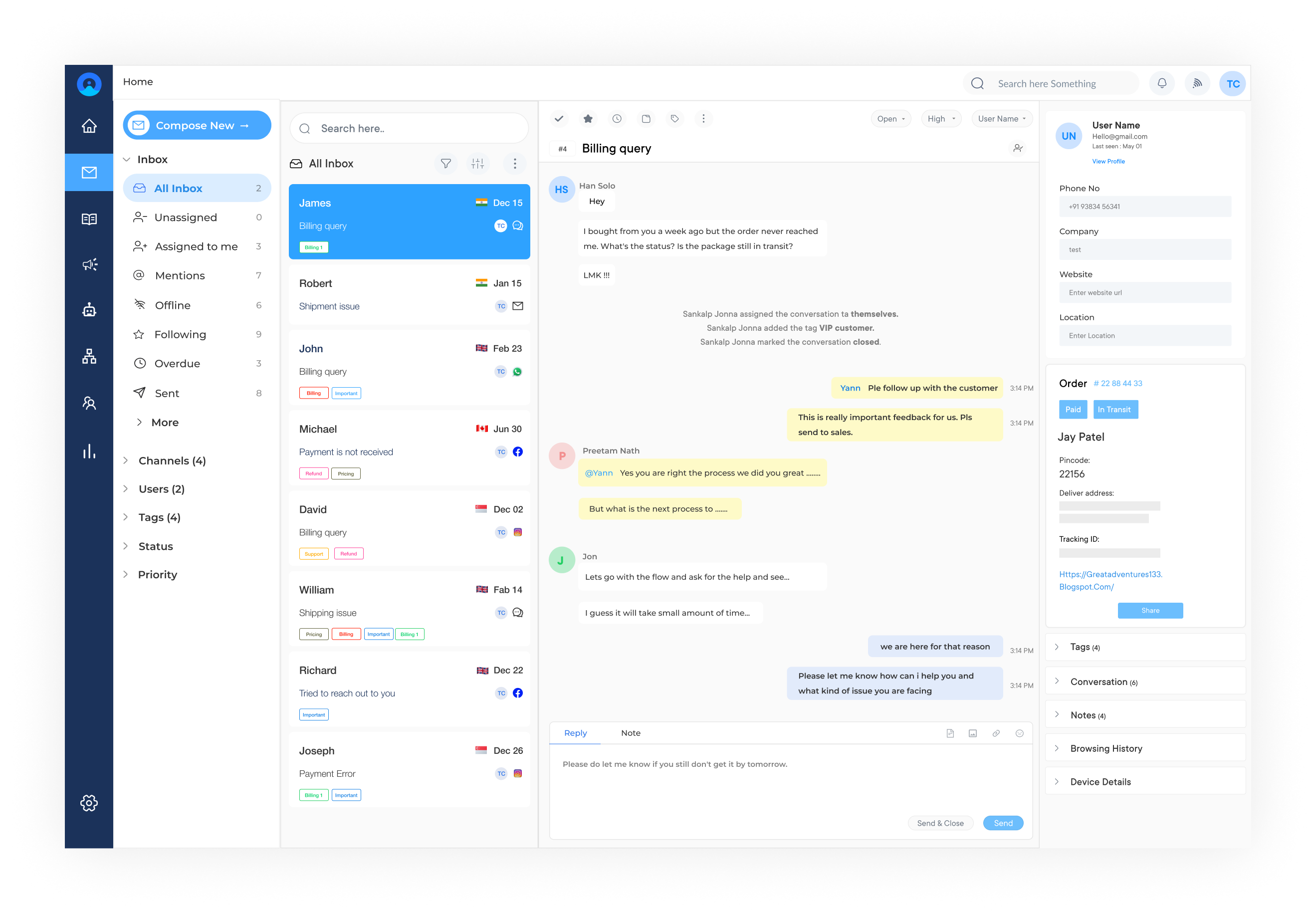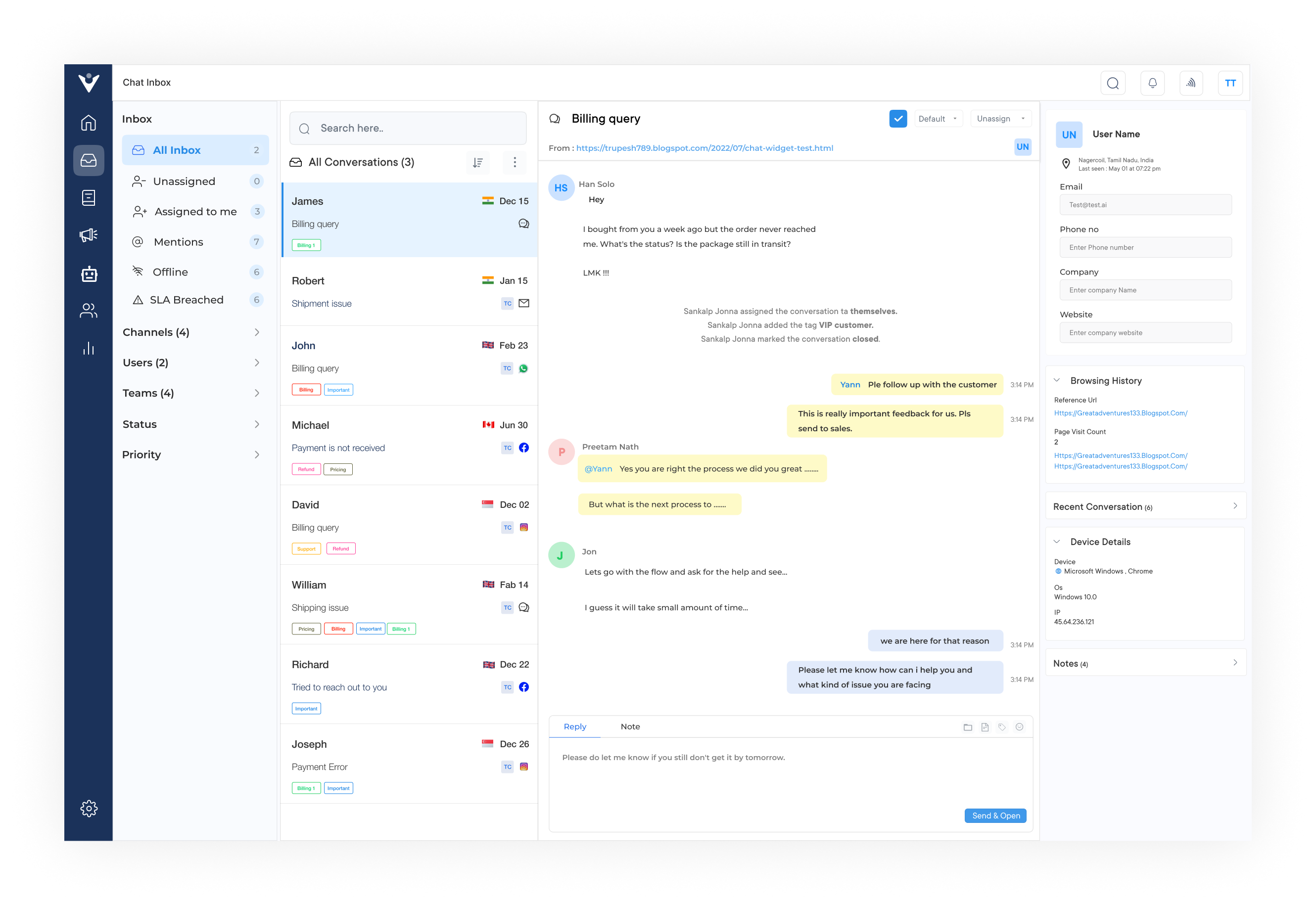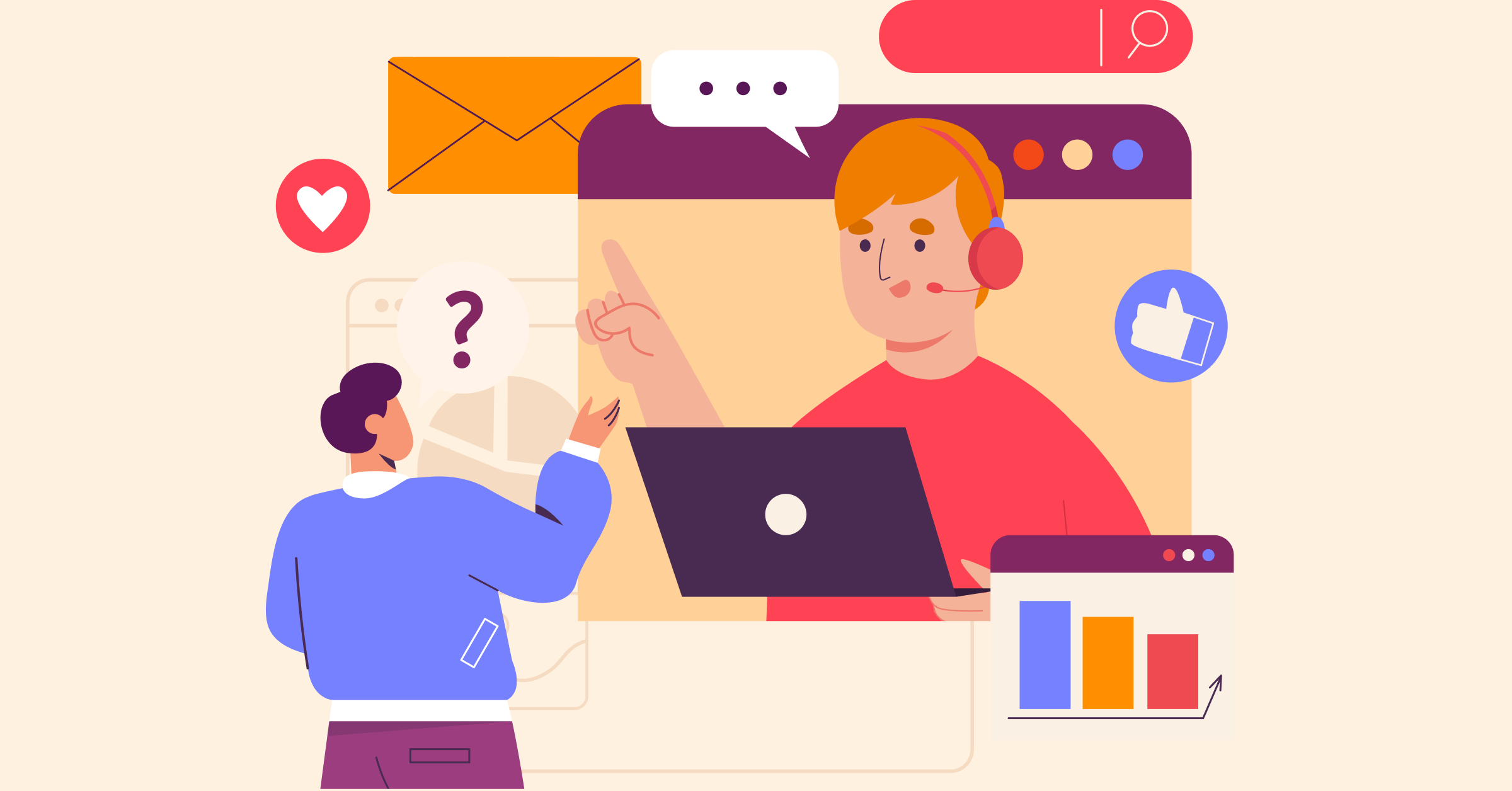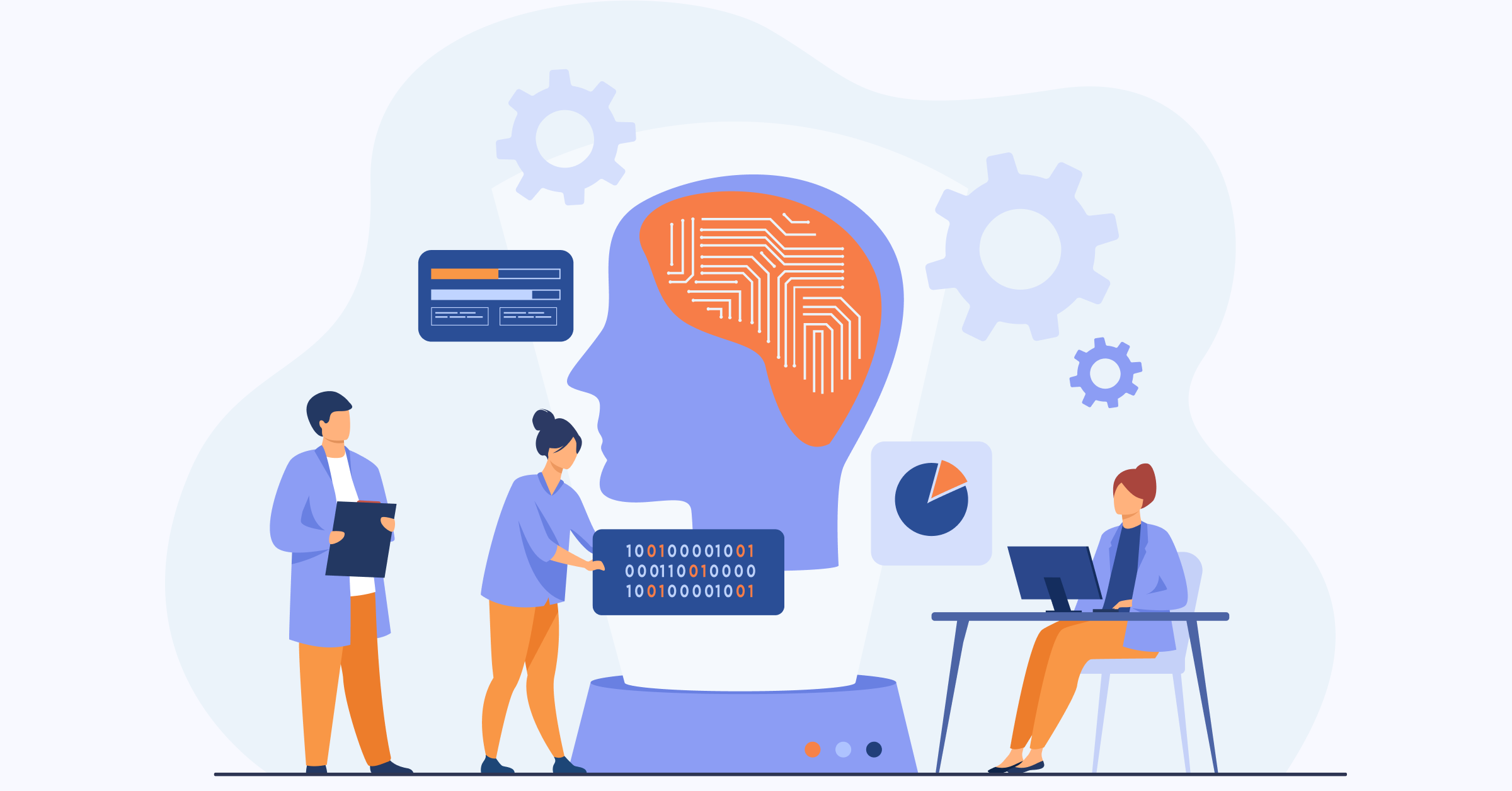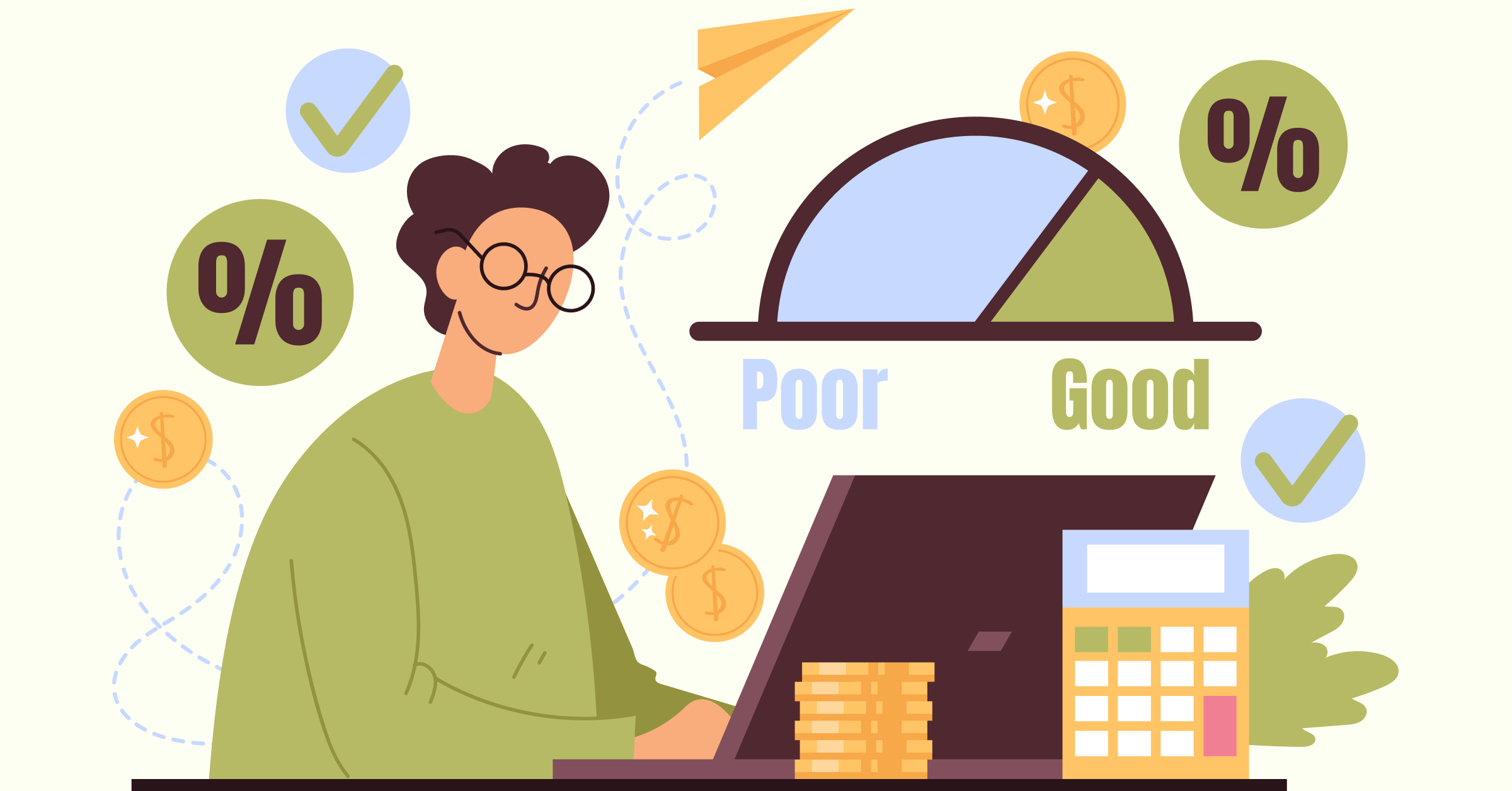Businesses need to determine how customers interact with their products or services to create effective marketing and sales campaigns that can appeal to them. They must evaluate the success of marketing efforts and enable better insights into user behavior that can improve CX initiatives.
To successfully implement customer insights, businesses should focus on:
- Develop an accurate customer journey mapping system
- Integrate data sources from multiple channels
- Analyze large datasets for deep customer behavioral analytics
Step 4: Leverage Technology for Scale
Once you understand how your current CX landscape looks, dive into digital transformation efforts by creating or integrating platforms/solutions. It will help to minimize operational strain and enhance customer experiences across all channels.
The effort leads to better efficiency ensuring complete visibility over key parameters throughout the process.
Some implementation considerations include:
- Leverage cloud technologies whenever possible such as implementing SaaS applications.
- Explore AI/ML capabilities that can automate certain tasks and analyze data more efficiently.
- Implement omnichannel strategies that integrate different communication channels like email or chatbots within existing systems.
Step 5: Optimize User Experience & Streamline Processes
Businesses have set up a strong base foundation through a clear definition of CX goals along with a thorough understanding of the current state.
Having a completed audience analysis that created sufficient personas with a sound flexible framework, it’s time to optimize user experience by using the insights of a UX specialist backed by the engineers to streamline complex processes into simpler ones.
A few key steps to take when optimizing user experience include:
- Iteratively improve usability via A/B testing.
- Encourage continuous engagement via automated emails & personalized
- offers Focus more on actual user behaviors than anecdotal feedback.
Step 6: Keep Employees Engaged Via Change Management Initiatives
It may take some time before gains derived from transitioning to behavior take effect and businesses must be diligent in leading staff to adopt new ways to manage day-to-day tasks.
